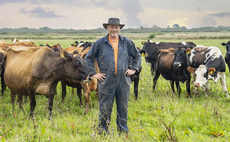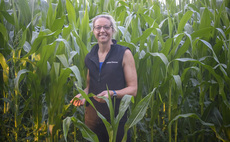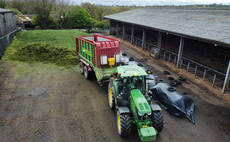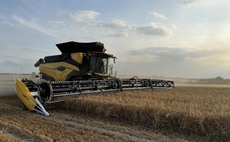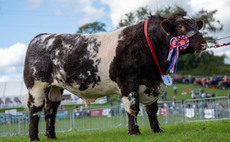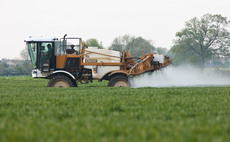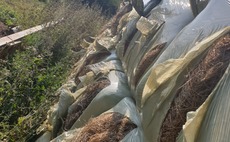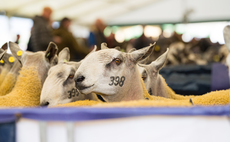THE water-logged autumn of 2019 may prompt a fundamental rethink of UK cropping, farm business consultants Andersons suggested to visitors to LAMMA 2020.
Richard King, head of business research, said: "It has almost become an article of faith over the last few decades that the route to profitability was scale and cropping ever-more acres."
For many businesses this has resulted in taking on land at high rents, often of dubious yield-potential as a result of soil structure, weed burdens or drainage issues.
This extra land will often be at distance from the ‘core' farm. An autumn such as the one in 2019, simply serves to shine a light on such issues of ‘overstretch', he said.
Mr King said he had seen examples where re-structured businesses have become more profitable by cropping less.
This includes taking out land which always produces yields that never cover production costs, even with remedial action such as drainage or increasing organic matter.
"The economics of combinable crop production are set to alter over the next few years with the phasing out of Basic Payment Scheme (BPS) and the shift to the Environmental Land Management scheme," he added.
"Areas that are marginal for crop production might find a new niche, and a more profitable one, under such a scheme."
In the immediate term, Andersons expects cashflows to remain relatively healthy into the spring,
supported by sales from harvest 2019, a reduction in autumn costs because of the inability to plant large areas and the delivery of BPS payments.
However, the reduction in output expected in 2020 because of the difficult autumn could have a major impact in the second half of the year and beyond.
Using Andersons' 600-hectare Loam Farm, growers are expected to make a loss of £77/hectare from production in the 2020 harvest, because of a 11.6 per cent drop in output to £1,094/ha.
Variable and overhead costs are expected to be a little lower, while a small reduction in support payments is expected to lead to a 46.6 per cent in total business margin to £143/hectare.
Re-structuring cropping could mean more from less
Business performance on Andersons' Model Loam Farm in £/hectare in 2019 and 2020 harvest years | |||
2020 | per cent change | 2019 | |
Variable cost | |||
Gross margin | 683 | -14.4 | 798 |
Overhead cost | |||
Rent & Finance | |||
Drawings | |||
Margin from production | -77 | -302.6 | 38 |
Basic Payment | |||
Business margin | 143 | -46.6 | 268 |
Note: Uses real-farm data using a 600 hectare model farm with a milling wheat, oilseed rape, feed wheat & spring beans rotation | |||




